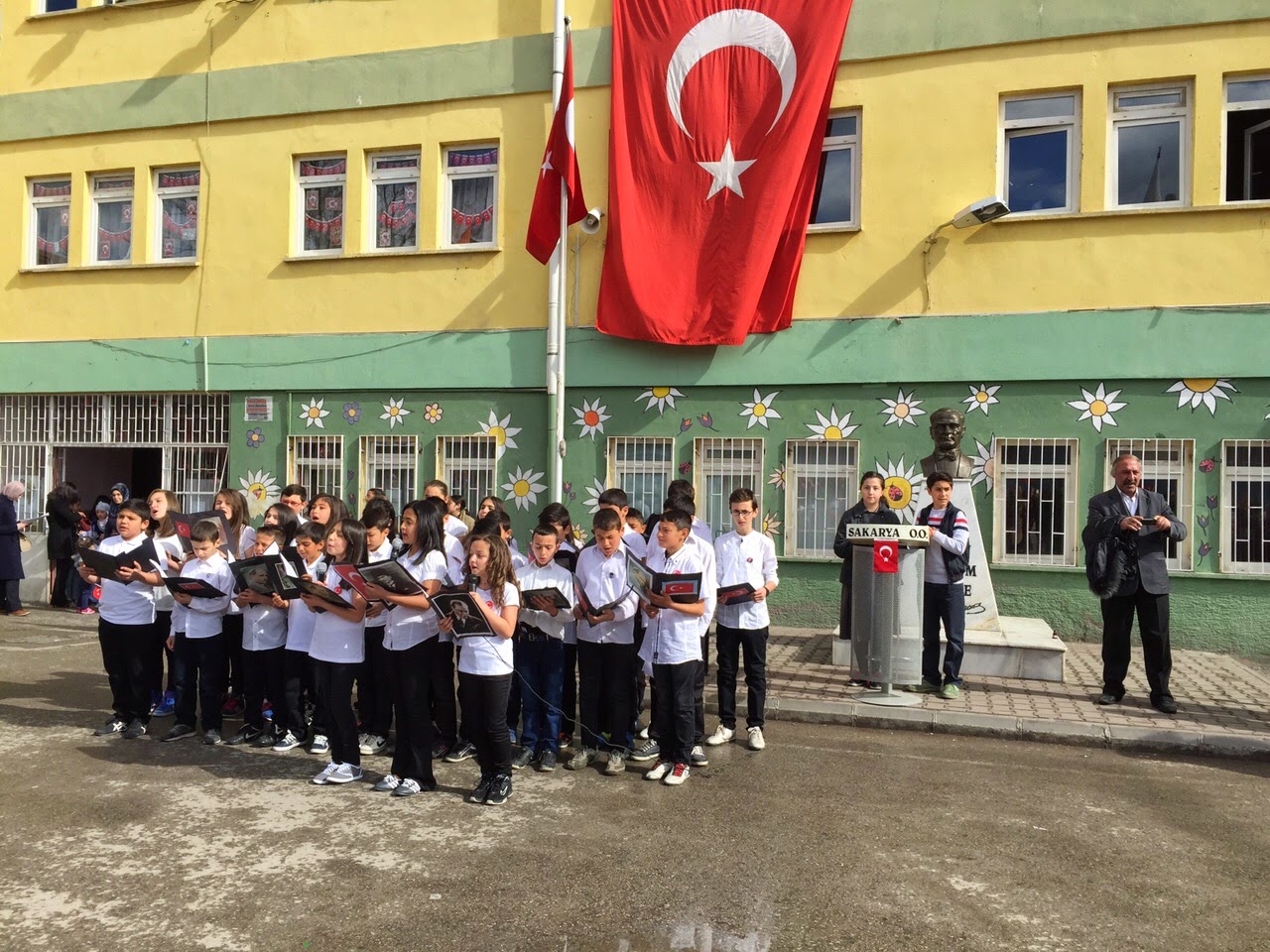Happy
23rd April National Sovereignty And Childrens Day
April 23
National Sovereignty and Childrens Day which is the day of openning of Grand
National Assembly of Turkey is a gift to all the world’s children by Great
Leader Mustafa Kemal Atatürk.
Today is the 95th
Anniversary of the openning of Grand National Assembly of Turkey and we
celebrate proudly April 23 National Sovereignty and Childrens Day.
Many people in Turkey commemorate the first gathering of the Grand National
Assembly (the Turkish Parliament), which took place on April 23, 1920, by
attending local ceremonies or laying wreaths at monuments of Mustafa Kemal
Ataturk, the founder of the Turkish Republic. The biggest ceremony takes place
at the Ataturk Mausoleum in Ankara.
Because Ataturk reportedly dedicated the Turkish Republic to children,
Turkish schoolchildren take seats in the Parliament for the day and
symbolically govern the country. They elect a president who then addresses the
country on national television. Children’s festivals take place throughout the
country. The state-run Turkish Radio and Television Corporation (TRT) brings
children, aged eight to 14, from different countries around the world to
Turkey. These children stay with Turkish families for a week and participate in
children’s festivals, which culminate is a gala-performance on April 23.
National Sovereignty and Children’s Day is an official holiday in Turkey.
Government offices, some schools and most businesses are closed on this day. Public transport routes
may vary in the event of street performances. The
importance of April 23 as a special day of children has been recognized by the international community.UNICEF decided to
recognize this important day as the International
Children's Day.











